Ride like a pro
 Cycling fans and hobby riders have one over the supporters of other sports. The big battles their heroes fight to become immortal take place on roads available to anyone nearly any time. While a Barca supporter is unlikely to ever set foot on the turf of the Nou Camp stadium, any amateur cyclist can climb to the top of Alpe d'Huez most days of the year, weather and road conditions permitting.
Cycling fans and hobby riders have one over the supporters of other sports. The big battles their heroes fight to become immortal take place on roads available to anyone nearly any time. While a Barca supporter is unlikely to ever set foot on the turf of the Nou Camp stadium, any amateur cyclist can climb to the top of Alpe d'Huez most days of the year, weather and road conditions permitting.
The desire among hobby cyclists to ride the legendary segments of big bike races is huge. And logically, it is the hardest parts, the climbs where grand tours are won and lost that attract the biggest numbers. Every summer the French Alps and the Italian Dolomites in particular are full of amateur cyclists of widely varied abilities putting their fitness, resolve and material to the test on the switchbacks lacing the mountain slopes.
When you're new to road cycling and you feel competitive, Strava segments will entertain you for a while but racing with other people is another thing altogether as you will find as soon as you enter your first sportive. In a race you can't ride within yourself. You have to be constantly alert and react to what your rivals do and that puts you under pressure. If your local bike racing scene appears too parochial, you needn't despair. There are many races that give amateur cyclists an opportunity to not only measure themselves against their peers but also – albeit virtually – against the pros. And there is another thing that makes these events very attractive. Riding the cols and passes of the Alps and Dolomites on your own or with a group of friends, you're never alone. These roads are very popular with bikers and sports car drivers of all sorts so the possibility to ride on them with no motor powered vehicles other than the race support ones is a huge treat.

The events that attract the largest crowds in Europe are the Ötztaler Radmarathon (first run in 1982), La Marmotte (1982), the Maratona dles Dolomites (1987) and the Étape du Tour (1993). It is the latter and the youngest of them that is currently the biggest with its recent participation of 15,000+ riders.
While the other famous amateur races are run along a permanent route peppered with famous climbs such as the Galibier and l'Alpe d'Huez (La Marmotte), Timmelsjoch (Ötztaler) and the Pordoi and Giau passes (Maratona), the Étape du Tour gets even closer to giving the amateurs a real taste of the big race by allowing them – true to the event's name – to ride an entire mountain stage featuring in that year's Tour de France. In the last edition which took place in 2019, this meant that it was only the amateurs who completed the full stage as six days later the weather was so bad that it had to be reduced to less than a half of its original length for the pros. The 2020 and 2021 editions had to be cancelled due to the restrictions introduced to combat the Covid-19 pandemic.

The Étape du Tour organisers do try their best to make your experience as complete as possible. There are neutral service vehicles, feed zones with ample food and drink, medical assistance, road marshalls, a broom wagon and even a helicopter hovering above the peloton at times. From the moment you come to the race village the day before the start to pick up your number and check out the scene to the moment you finish your ride the following afternoon, you feel like you're part of something big.

Although most participants in the event race, at least with themselves, there are riders whose attitude is very different. Take Michael Moureček, our co-founder and the man who makes Festka bikes what they are. He rode the last four editions of the Étape and approached them all as an opportunity to watch and chat. After all, a large portion, possibly a majority of the Étape's participants are Festka's target group customers: men – and more and more often – women, who started riding later in life wanting to find a better balance of work, family, leisure, health and fitness aspects of their lives. Michael is a former pro cyclist so you could say he doesn't need to prove anything to himself or anybody else but that's not why he took it slow. He likes to watch what bikes people ride and what components they choose for them. And he loves to talk to them about it and any other topic pretty much. In 2018, the only time I rode the Étape, I was amazed to find myself in front of him in the final standings. When I looked closer, however, I realised it was because he spent the same amount of time loitering in the feed zones striking up conversations as he did on the road.
A bike race with 15,000 participants is a huge logistical operation. You can't let 15,000 people loose at once so riders get allocated to fifteen starting areas that open one after another to keep the flow steady. Your start time is recorded electronically upon your passing through the start gate. Even so, the road got very crowded on the first couple of climbs of "my" 2018 edition, especially on the second one, the very steep, narrow, twisty ascent to the Montée du plateau des Glières. The racers with ambitions who want to ride on the front from the gun need to show good results from previous editions or other similar races to get to the first starting bay. You get asked to provide this information as part of the registration process.

L'Étape du Tour is organised by Amaury Sport Organisation (ASO), the mighty company that controls not only the parent race which is often referred to as the biggest sports event in the world but also La Vuelta and many top one-day cycling races. I find it extraordinary that the teams providing such incredible entertainment for billions of fans and viewers are – for the most part – struggling to find enough funding to keep in the game. Not to mention that the salaries of the best-paid riders are mere peanuts compared to the stars of other spectator sports such as football, basketball and golf.

By all means, ASO, being a very shrewd organisation, recently came up with the idea of exporting the Étape du Tour brand to other countries. To quote the Tour de France director Christian Prudhomme, L'Étape is “The only sportive event where you can feel like a champion and enjoy the unique Tour de France experience". That would be a very bold statement even when talking about the parent event but if you project it on the route of our national edition which takes place in the well-ridden hills of the Křivoklátsko region west of Prague, I struggle to picture the unique TdF experience there no matter how many banners persuading me otherwise there will be along the route. Evidently, my concerns are not shared by many. The year 2021 will have seen 22 Étape by le Tour de France events in 19 countries on four continents with the biggest number of them taking place in Europe and South America. The estimated total number of participants is 50,000 so these are much smaller races than the mother event and that may be telling since the big question hanging over the Étape du Tour is whether it will be possible in these (post)covid times to organise a race for 15,000+ riders. Perhaps breaking the French event into several smaller ones could be an option as well as capping the number of participants as is the case with the Ötztaler (4,000) and the Maratona (8,000).
Bref! If you are taking part in any Étapes or any other similar races this year do enjoy the ride and share your experience with us…


written by: Janek Jaros
photos: participant's archives


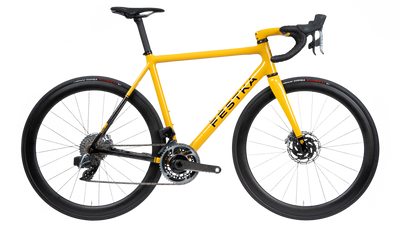
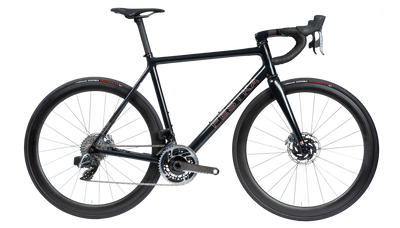
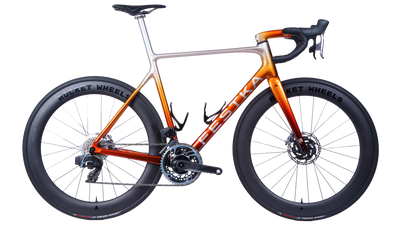
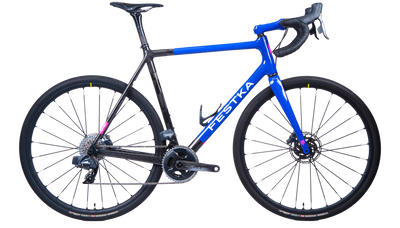
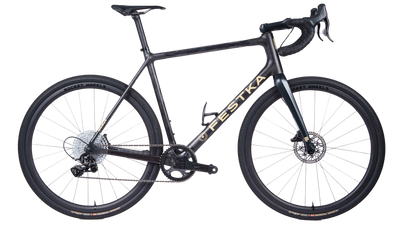



Leave a comment